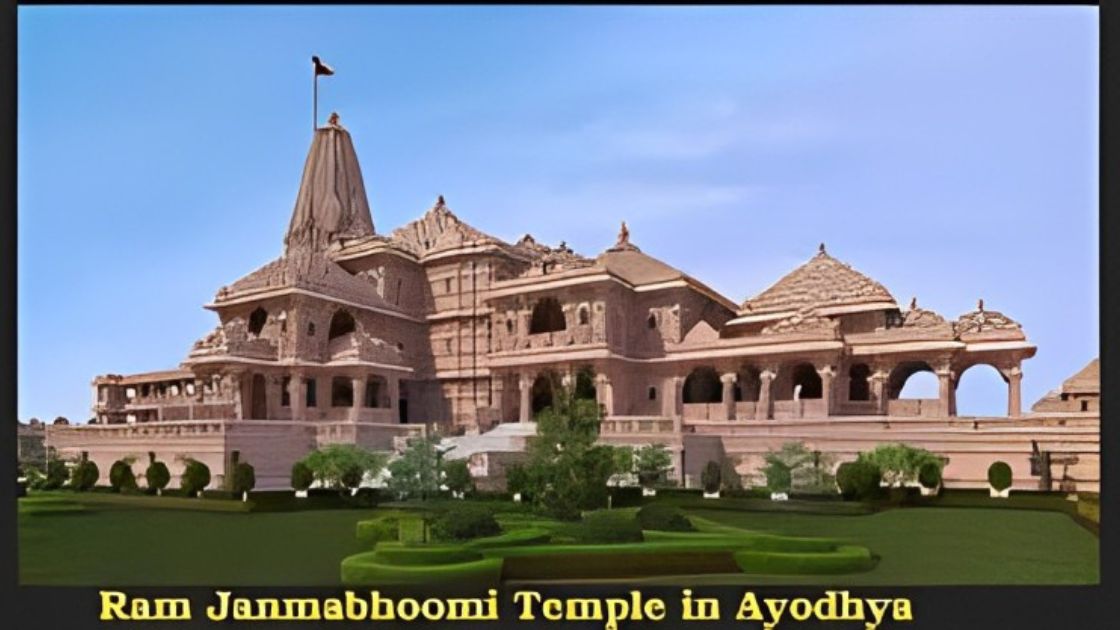Ayodhya Ram Mandir History

Many notable events have marked the history of Ram Janmabhoomi. One especially notable event happened on November 9, 2019, when a five-judge constitutional bench handed down a landmark ruling.
One of the longest-running and most contentious cases in the history of the country is Ayodhya Ram Janmabhoomi. The history of Ram Janmabhoomi is long, spanning 495 years from 1528 to 2023. Many significant events have marked the history of Ram Janmabhoomi. One significant event that stands out in particular is the historic verdict delivered on November 9, 2019, by a constitutional bench composed of five judges.
Let’s take a look at the timeline:
2024: In 2024, Ayodhya Ram Mandir will open. It is scheduled to open on January 24, 2024, with an official opening by Prime Minister Shri Narendra Modi. The temple is located in Ayodhya, which is revered because it is the birthplace of Lord Shri Ram. On February 24, 2024, the temple is anticipated to be finished.
2023: The magnificent Ram Lalla temple in Ayodhya has once again been ready. A dispute that has lasted for decades will end on January 22, 2024, when the grand temple of Ram Lalla is dedicated. Ram Lalla worship will be performed ceremoniously.
2020: On August 5, the ground breaking ceremony for the temple’s construction was held. On March 25, 2020, the idols of Ram Lalla were moved from the tent to a fiber temple, marking a 28-year period.
2019: On March 8, 2019, the Supreme Court mandated that the case be resolved through mediation and set a deadline of eight weeks for doing so. On August 2, 2019, the mediation panel delivered its report; however, no resolution was reached. Following the start of daily hearings on the Ayodhya case by the Supreme Court, the verdict was postponed until August 16, 2019. On November 9, the Supreme Court’s five-judge panel ruled in favor of the Ram Janmabhoomi, giving the Hindu side 2.77 acres of the disputed land and earmarking an additional 5 acres for a mosque.
2017: The Supreme Court sought an out-of-court settlement and charged multiple BJP leaders with criminal conspiracy.
2011: The ruling on the Ayodhya dispute by the Allahabad High Court was stayed by the Supreme Court.
2010: The Sunni Waqf Board, Ram Lalla Virajman, and the Nirmohi Akhara were each given an equal portion of the disputed land by the Allahabad High Court.
2002: More than 2,000 people died in riots in Gujarat as a result of the Godhra train burning incident, which was directed towards Hindu activists.
1992: On December 6, 1992, thousands of activists, including members of the Shiv Sena and the Vishwa Hindu Parishad (VHP), destroyed the contentious building in a historic event. This led to nationwide communal riots and the loss of thousands of lives.
1984: On February 1, 1986, K.M. Pandey issued an order allowing Hindus to worship and ordering the removal of the building’s locks in response to a petition filed by Umesh Chandra Pandey, a district judge in Faizabad.
1961: The Uttar Pradesh Sunni Waqf Board filed a petition, requesting that the idols be taken down and that the disputed land be given back.
1950: The Faizabad Civil Court received two petitions: one asking for permission to worship Lord Rama on the disputed land and the other asking for permission to erect idols.
1949: The real controversy surrounding Ayodhya Ram Janmabhoomi started on September 23, 1949, when Lord Rama idols were discovered within the mosque. According to Hindus, that was where Lord Rama made his appearance. The District Magistrate K.K. Nayar stated that he was unable to carry out the Uttar Pradesh government’s order to remove the idols right away because of concern that he would offend religious feelings and incite violence.
1853–1949: Around the mosque’s construction site in 1853, there were riots in the community. The British government then built a fence around the disputed area in 1859, permitting Muslims to pray inside the mosque and Hindus to pray close to the courtyard.
1528: Mir Baqi, the commander of Mughal Emperor Babur, gave the order for the contentious construction of a mosque at the contested location. There used to be an old temple here, and the Hindu community claimed that this was the birthplace of Lord Rama. Hindus claimed that the birthplace of Lord Rama was located under one of the mosque’s domes.

